Book NOW for $1 £1 €1 • Flexible Payments • No Change Fees • Private Departures Available
- Home >>
- Colombia Travel Advice
Colombia Travel Advice
Getting to Colombia
Colombia, officially named the Republic of Colombia, is located in the north of South America. It is the only country in the continent which has both Pacific and Caribbean coastlines, and borders Brazil, Ecuador, Panama, Peru and Venezuela.
- London to Bogota is about an 11-hour flight
- Los Angeles to Bogota takes around 7 hours
- Cape Town to Bogota takes one day and 1 hour
- Sydney to Bogota is about a 22.5-hour flight
- New York to Bogota takes approximately 6 hours
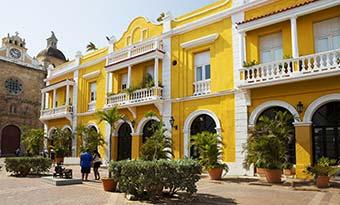
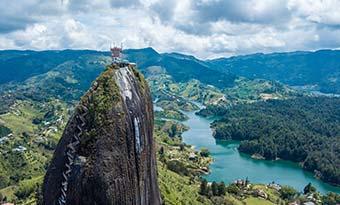
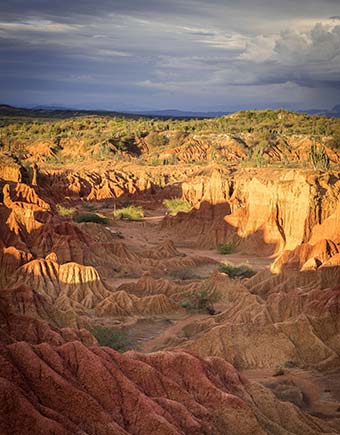
Main airport
in Colombia
Colombia has 168 airports, but most tourists fly into one of these four: El Dorado Airport (BOG) in Bogota, Jose Maria Cordova Airport (MDE) in Medellin, Alfonso Bonilla Aragon Airport (CLO) in Cali, and Rafael Núñez Airport (CTG) in Cartagena.
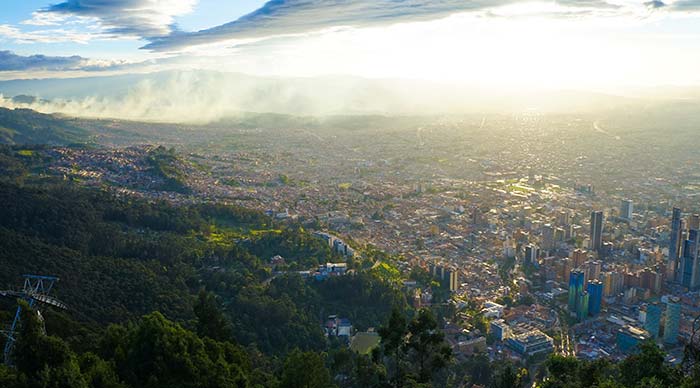
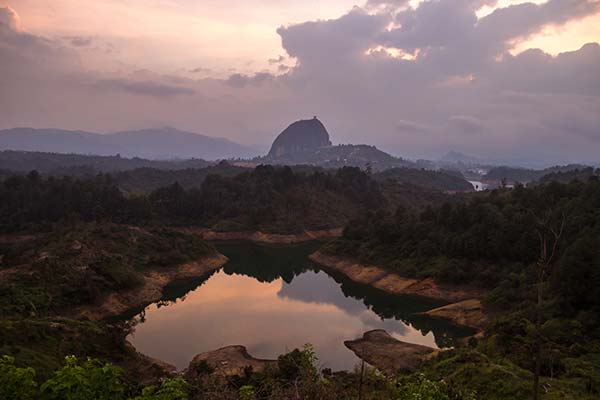
Geography &
landscape of Colombia
Being so close to the equator, Colombia doesn’t follow four distinct seasons. The landscape is so diverse that each region has its own climate and weather rules. You could be in the height of rainy season along the Caribbean coast when Tatacoa Desert is experiencing a heatwave. From snow-capped mountains to tropical jungles, rainforests to vast valleys, central highlands to bustling cities. Colombia is one of the most diverse countries in the world.
Culture, religion
and etiquette
Colombian culture is a mix of European, Caribbean, African, Middle Eastern and Native American influences, evolved over the years to create a rich, unique culture.
Families are seen as solid blocks of support, guidance and advice, especially when it comes to the elderly. Older people are viewed as wise and given the utmost respect within the family. Extended families generally live in the same area, although not under one roof, with children often living at home until they marry.
Colombia is predominantly a Catholic country with 80% of the population considering themselves Roman Catholics. Historically, religion has had a considerable influence on everyday life, including family values, education and views on marriage. The remaining population are either Protestant or of other religions.
When greeting, men shake hands, but women often grip forearms instead. If you know each other well, people often hug and kiss on the cheek and pat each other on the back.
Dining in Colombia tends to be formal with high regard to presentation. Table manners are of great importance, so make sure you always keep your elbows off the table and hands visible at all times. Colombians typically wear Western-style clothing, especially in the cities, whereas locals in the Caribbean region tends to dress more casual.
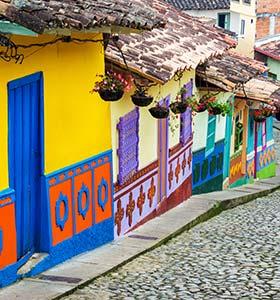
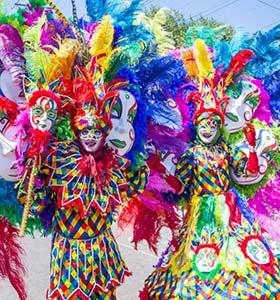
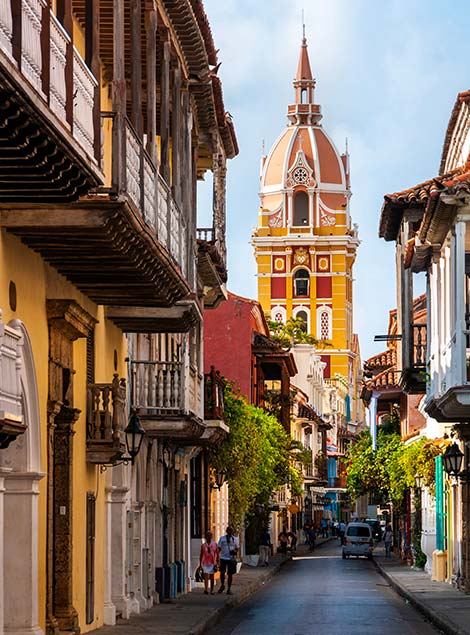
Top tip!
In Colombia, it is polite to leave a small amount of food on your plate when you’ve finished eating.
Languages spoken in Colombia
Spanish is the official language of Colombia, with around 99% of the population speaking Spanish. Half a million people in Colombia also speak American Indian languages. Even though the majority of the country speak Spanish, there are numerous dialects spoken all over Colombia, some of which sound closer to European Spanish than Colombian Spanish.
English isn’t very widely spoken in Colombia. You might find a few locals or hospitality staff speak English in Bogota and Medellin, but it isn’t something you can count on. Our best advice is to learn a few Spanish words and phrases to get by. An excellent plus to joining a group tour is that you will be accompanied by a Tucan Travel tour leader who can speak perfect Spanish if you need them.
Capital city of Colombia
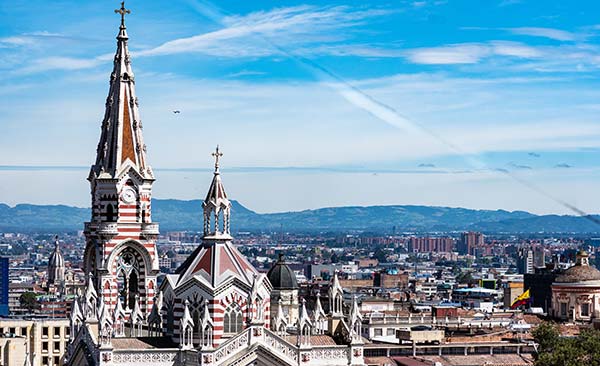
Bogota
Resting on a high plateau in the Andean region is the capital city of Colombia, Bogota. This multicultural city is complete with lots of green spaces, multicoloured buildings and an ancient Colonial centre. Surrounded by rolling green hills, Bogota is the perfect starting point for a tour to Colombia. Explore the local culture, learn about Colombia’s fascinating history and taste some of Colombia’s best food.
Visas for Colombia
Everyone visiting Colombia will need at least six months left on their passport and a return ticket.
The following countries will not need to obtain a visa to enter Colombia if the stay is within 90 days: Andorra, Antigua and Barbuda, Argentina, Australia, Austria, Azerbaijan, Bahamas, Barbados, Belgium, Belize, Bolivia, Brazil, Brunei, Bhutan, Bulgaria, Canada, Chile, Colombia, Costa Rica, Croatia, Cyprus, Czech, Denmark, Dominica, Dominican Republic, Ecuador, El Salvador, Estonia, Fiji, Finland, France, Germany, Granada, Greece, Guatemala, Guyana, Honduras, Hong Kong, Hungary, Iceland, Indonesia, Ireland, Israel, Italy, Jamaica, Japan, Kazakhstan, Latvia, Liechtenstein, Lithuania, Luxembourg, Marshall Ialands, Korea, Malaysia, Malta, Mexico, Micronesia, Monaco, Netherlands, New Zealand, Norway, Palau, Panama, Papua New Guinea, Paraguay, Peru, Philippines, Poland, Portugal, Romania, Russia, Saint Kitts and Nevis, Saint Vincent and Grenadines, Samoa, San Marino, Saint Lucia, Singapore, Slovakia, Slovenia, Solomon Islands, South Africa, South Korea, Spain, Suriname, Sweden, Switzerland, Taiwan, Trinidad and Tobago, Turkey, UAE, United Kingdom, United States, Uruguay, Vatican and Venezuela.
All other nationalities will need to obtain a visa to visit Colombia.
Vaccinations & travel health
The CDC and the WHO advise for the following routine vaccinations to be up to date when visiting Colombia: Measles, Mumps & Rubella (MMR), Tetanus, Diphtheria & Pertussis (TDAP), Chickenpox, Shingles, Pneumonia, Influenza, Meningitis and Polio. They also recommend the following vaccinations for travel to Colombia: Hepatitis A, Hepatitis B, Typhoid, Yellow Fever and Rabies.
Mosquito-borne diseases such as dengue, Zika, malaria and yellow fever, are present in some areas of Colombia so make sure you are well-stocked with DEET mosquito repellents.
Is it safe to drink tap water in Colombia?
The large cities in Colombia such as Bogota, Cali, Cartagena and Medellin have perfectly drinkable tap water. But outside of these cities, it might not be. The more rural you go, the more likely it is that the water is not safe to drink. Your hotel or guesthouse will be able to advise you if the tap water is safe in that area.
Electricity and plugs in Colombia
The plugs and sockets in Colombia are of type A and B. Type A has two flat pins, and type B has three flat pins in a triangle. The standard voltage in Colombia is 110 V, and the frequency is 60 Hz.
Emergency calls
We always advise our passengers to save emergency numbers in their phone in case they are needed. Colombia has one number (123) for any general emergency including the police, fire and ambulance services.
Travelling as a single woman in Colombia
For many people, the first things which pop to mind when thinking of Colombia are Pablo Escobar, drug cartels and kidnapping. While this was once a valid representation, this is no longer the case. Colombia is much safer today than it was in the 1990s. Kidnappings have decreased by 90% since then, and the drug and gun violence rates in Colombia are significantly lower than in many other South American countries. That doesn’t mean that there is no crime in Colombia. Always be extra cautious when in a new country, especially at tourist spots as these are a magnet for thieves. The majority of crime that happens towards tourists is pickpocketing and robberies.
Here are a few tips for staying safe as a single woman in Colombia:
- Never go out alone after dark, always be with other people. If you do find yourself alone and it's getting late, make sure you call a taxi to take you back to your accommodation.
- Avoid any quiet or dark streets and stick to the public areas and beaches.
- Always keep an eye on your belongings, but don't bring anything valuable with you.
- Don't flash your cash! Keep your money, jewellery and phone hidden until you need it to avoid attention.
- Steer clear of public buses, especially at night as they are commonly robbed.
Wifi and internet access in Colombia
Colombia is a very well-connected country, so you shouldn't need to worry about having access to wifi. Internet cafes are pretty rare these days, but you’ll find that almost every restaurant, bar and hotel has free wifi.
Time zone in Colombia
Bogota, Colombia
Bogota is 5 hours behind London (GMT), 3 hours ahead of Los Angeles, and runs on the same time as New York (EST). Colombia follows Colombia Standard Time (COT) and does not switch to Daylight Savings Time. Visit timeanddate.com to calculate the time difference from your current location.
Getting around Colombia
Bus
Travelling by bus is the primary way of getting around Colombia. Long-distance buses tend to be comfortable, air-conditioned, with free wifi and personal space. Local buses, which only serve the nearby area and town, tend to be crowded and very slow. Either way, travelling by bus is always the cheapest option.
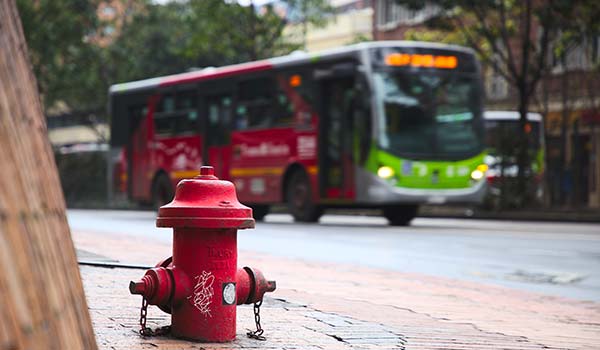
Taxi
Taxis are also a low-cost way to travel around Colombia, especially within the major cities. Some taxis may have a fixed meter, but others may not, in which case make sure you negotiate a price before you get in the car.
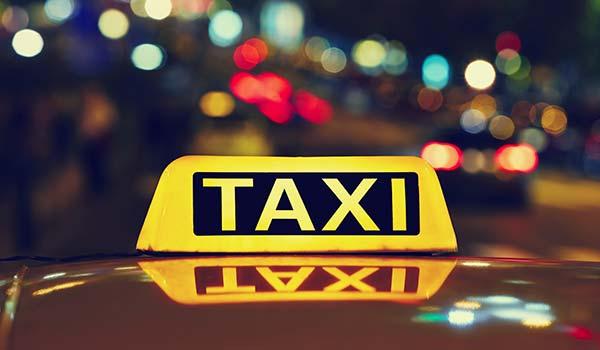
Colectivo
A colectivo is essentially a minibus which acts as a shared taxi. Often only departing when they are full, it’s best not to use this option if you are in a rush. A colectivo generally serves journeys up to 4 hours away and will drop passengers off along the way. They can usually be found at the central bus terminal or in the town square.
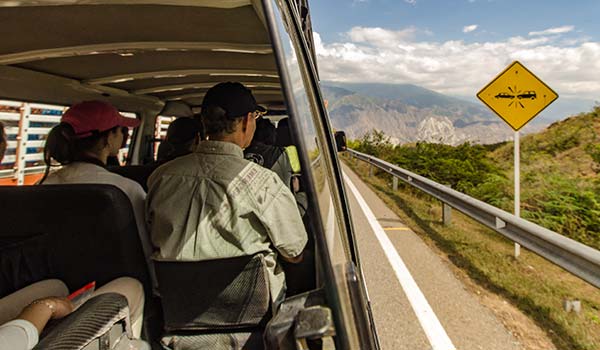
Aeroplane
If you are covering vast distances in Colombia, the easiest way to travel is by air. Budget airlines provide regular flights to nearly every city in Colombia. Of course, flying is the most expensive option, but if you need to stick to a schedule, it is worth the extra money.
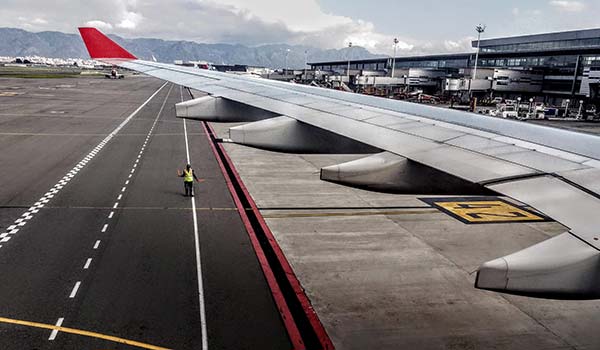
History of Colombia
The first people living in Colombia were the Amerindians who lived a rural life fishing, farming and hunting. Then in 1500, Alonso de Ojeda came over from Spain with the first Spanish settlement establishing in 1533. They founded Santa Marta and Cartagena, and a few years later, Bogota.
In 1808, Napoleon appointed his brother to be king of Spain, but the Spanish settlers in Colombia refused to accept him as king and declared independence in 1810. By 1815, the Spanish conquered Colombia once again. The Spanish rule lasted until the Battle of Boyaca in 1819 when Simon Bolivar defeated them. The Republic of Colombia formed consisting of Colombia, Ecuador, Panama and Venezuela. The countries split up in 1830.
Colombia spiralled into trouble creating eight civil wars. By 1849 the country was politically unstable which carried on for the next 50 years until the War of a Thousand Days in 1899.
By the early 20th century, Colombia grew in stability, developing its economy and becoming one of the largest exporters of coffee in the world. Peace didn’t last long, however, and in 1948 another civil war broke out - La Violencia - between the liberals and conservatives and a liberal politician was assassinated. As the army sided with the conservatives, General Gustavo Rojas Pinilla became Colombia’s dictator in 1953. He stepped down in 1957 and the two parties agreed to share power, alternating presidency over Colombia.
The 1970s saw a considerable boom in cocaine production which led the country to great extremes of violence. By the 1980s Colombia was in a deep recession. But by the early 2000s, violence rapidly declined in Colombia, and with it, the economy had another boost and recovered. Colombia is still developing steadily to this day, once more considered to be a safe country.




